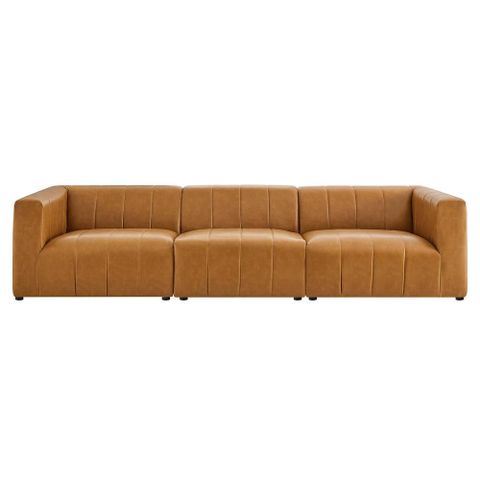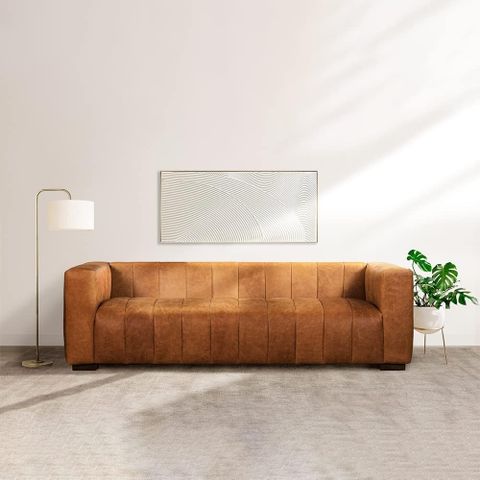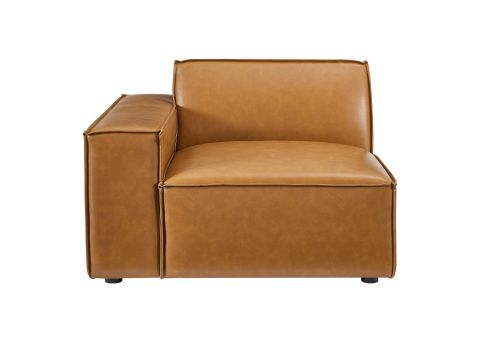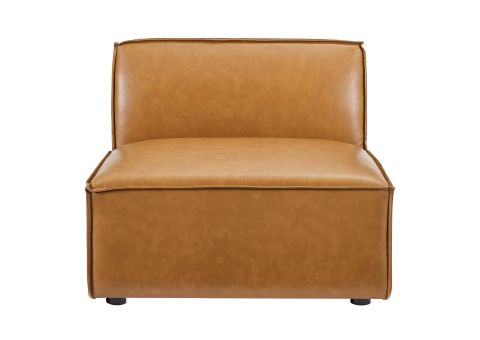Picture this: your favorite sofa has seen better days. The once-vibrant colors have faded, the surface feels rough, and those small scratches seem to multiply overnight. What if you could bring it back to life without spending hundreds on a replacement? That’s exactly what we’re going to explore today. We’ll walk through practical steps that anyone can follow, turning your tired furniture into something that looks and feels brand new again.
Vegan leather has become increasingly popular over the past decade, offering an eco-friendly alternative to traditional animal hides. But even the most durable synthetic materials can show signs of wear over time. The good news? You don’t have to throw away your beloved sofa just because it’s looking a bit worse for wear. With some effort and the right approach, there are several ways to breathe new life into your furniture. Whether it’s a few scuffs here or a complete color fade there, these methods will help you extend the life of your investment while saving money and reducing waste.
Understanding Your Vegan Leather Sofa
Before diving into restoration techniques, it’s important to know what kind of material you’re working with. Not all vegan leathers are created equal. Some are made from polyurethane (PU), others from polyvinyl chloride (PVC), and some use innovative plant-based materials like apple leather or mushroom leather. Each type responds differently to treatment. For example, PU tends to be more flexible and easier to repair than PVC, which can be more prone to cracking. Knowing your specific material helps determine which products and methods will work best. Always check manufacturer labels or consult product specifications if you’re unsure. This knowledge prevents you from accidentally damaging your sofa with inappropriate treatments. The key is understanding the unique characteristics of your particular material.
Cleaning and Preparing Your Sofa
The first step toward restoration is thorough cleaning. Start by removing all cushions and washing them according to care instructions. Vacuum the sofa thoroughly, paying special attention to crevices where dirt and debris accumulate. Use a mild soap solution mixed with water and apply it gently with a soft cloth. Avoid harsh chemicals or abrasive scrubbers that might damage the surface. After cleaning, allow everything to dry completely before proceeding. This preparation stage ensures that any treatments you apply will adhere properly and work effectively. Think of it as creating the perfect canvas for your restoration project. A clean surface makes all the difference in achieving professional-looking results.
Addressing Surface Scratches and Scuffs
Small scratches and scuffs are common culprits behind a worn appearance. For minor surface marks, try using a specialized vegan leather conditioner or a small amount of coconut oil. Apply gently with circular motions, allowing it to penetrate for a few minutes before buffing off excess. For deeper scratches, consider using a leather repair kit designed specifically for synthetic materials. These kits often contain color-matching compounds that can fill in damaged areas. Apply the product carefully, following manufacturer directions. Some people swear by using a fine-grit sandpaper to lightly smooth the area before applying the repair compound. This technique works especially well when the scratch has raised the surface texture. Remember, patience pays off here – rushing the process can lead to uneven results.
Color Restoration Techniques
Faded colors are perhaps the most noticeable sign of aging in vegan leather furniture. Fortunately, there are several approaches to refresh the hue. First, try a gentle leather dye designed for synthetic materials. These come in various shades and can match most existing colors. Apply with a soft brush in thin layers, allowing each coat to dry fully before adding the next. Another option involves using a specialized vegan leather restorer that combines cleaning and coloring in one step. These products are particularly effective for overall fading rather than localized damage. Some people find success with homemade solutions like mixing equal parts white vinegar and water, applied with a cotton swab. This method works best for light discoloration and can provide a subtle lift to dull surfaces. Always test any product on an inconspicuous area first to ensure compatibility and desired results.
Maintaining Long-Term Durability
Once you’ve completed your restoration work, maintaining the improvements becomes crucial. Regular cleaning with appropriate products helps prevent further deterioration. Consider investing in a quality protector spray designed for vegan leather. These sprays create a barrier against spills and stains while helping maintain the material’s suppleness. Place coasters under drinks and avoid direct sunlight exposure when possible. Sunlight can cause premature fading even in high-quality materials. Rotate cushions regularly to ensure even wear patterns. Finally, address minor issues promptly rather than letting them develop into bigger problems. Quick fixes now can save you from major repairs later. Think of maintenance as an ongoing conversation with your furniture – consistent care leads to long-term satisfaction.
When to Seek Professional Help
While many repairs can be handled at home, certain situations warrant professional intervention. If your sofa has extensive damage such as large tears, deep gouges, or significant structural issues, it might be worth consulting a specialist. Professionals have access to industrial-strength products and equipment that aren’t available to consumers. They can also assess whether repairs are economically viable versus replacement costs. Some companies offer mobile services specifically for furniture restoration, bringing their expertise directly to your home. However, before making this decision, weigh the cost of professional service against the value of your sofa. Sometimes a simple DIY approach combined with regular maintenance can keep your furniture looking great for years to come. Don’t overlook the possibility that a little extra effort might save you a lot of money in the long run.
Reviving a worn vegan leather sofa isn’t just about saving money – it’s about extending the life of your furniture and reducing environmental impact. By taking the time to understand your material, clean properly, address surface issues, and maintain regularly, you can keep your sofa looking fresh for years. Remember, every small step counts. Whether it’s a quick touch-up or a full restoration project, the investment in your furniture pays dividends in comfort and style. Your sofa deserves a second chance, and with the right techniques, it can look better than ever before. So why wait? Start planning your restoration journey today and see how much you can accomplish with a little creativity and determination.














